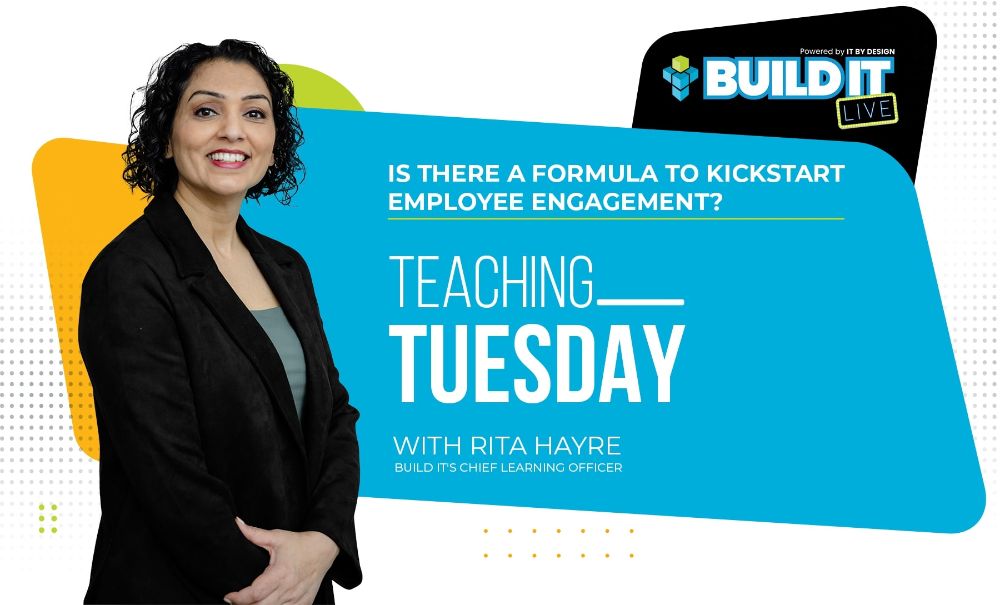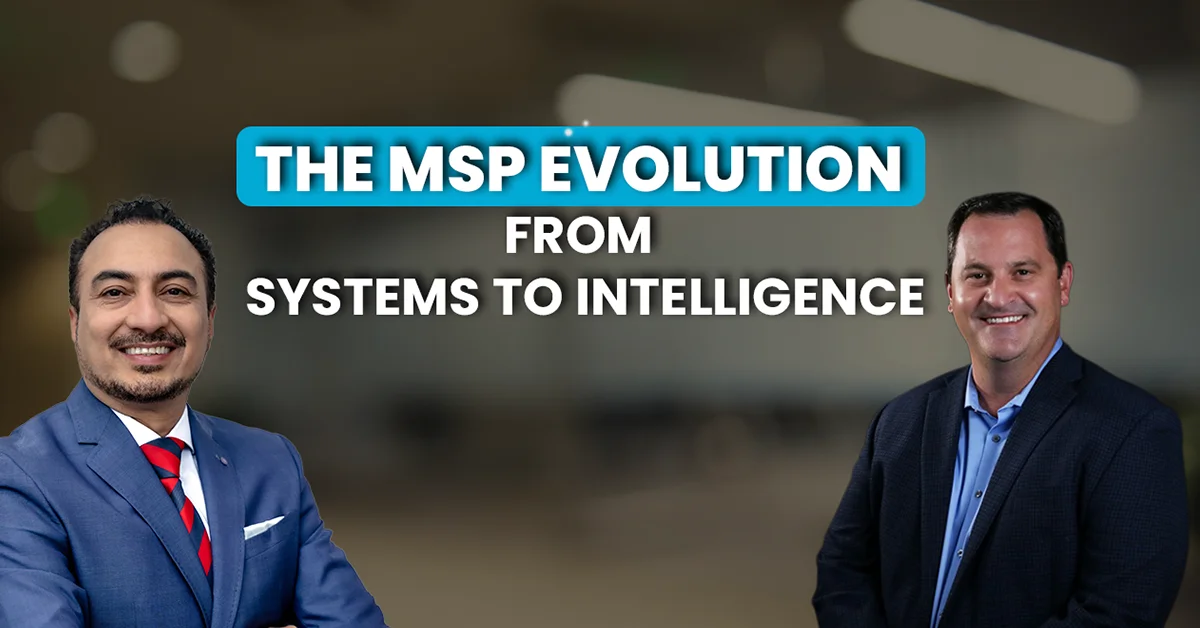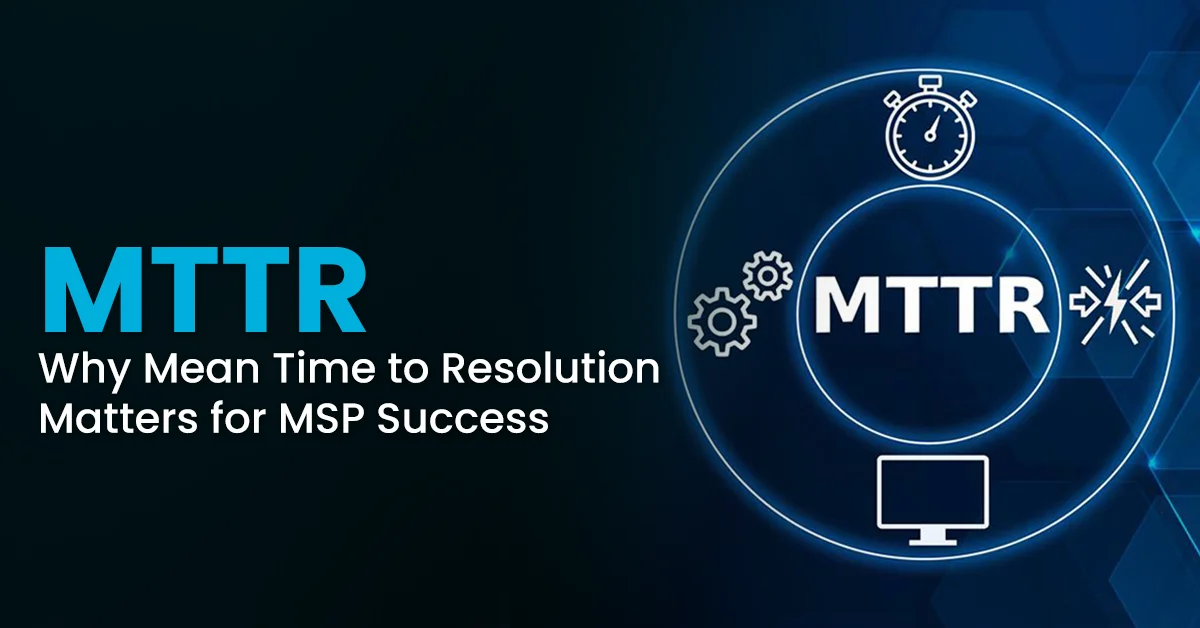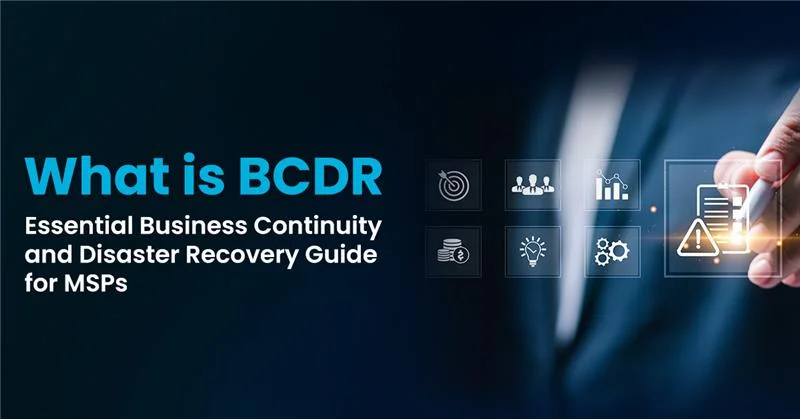This week, we’ve been at IT Nation’s evolve peer group meetings, presenting our Quiet Quitting presentation as subject matter experts. In the last four months, we have shared this information and data with over 300 organizations, along with a framework to help address this issue within their organizations. When we’re talking about employee engagement, the research is clear – organizations that invest in their employee experience outperform their competitors by 4.2x. Organizations have an opportunity to move Quiet Quitters from the 50% of employees who are not engaged in the workforce, to the 18% who are actively engaged. But how do you do that?
Employment is a partnership. As an employer, we invest in an employee with pay in exchange for them to invest into the success of the organization by performing some action/tasks that meets organizational objectives. Historically, pay and benefits were seen as enough of an investment from the employer by employees. Things have now started to shift, where employees no longer feel that pay is enough of an investment for their contribution to the growth and development of the organization. People are looking for an equal investment from the organization into their own personal growth and development.
In a survey done by McKinsey from 2021 – 2022 about reasons why people left or were planning to leave their roles, lack of career development and advancement was listed as the single highest reason. Employees are looking for investment from the organization, and if their current organization is not willing or able to provide that, they will find another organization that will. Current research suggests that the cost to an organization to replace an employee is 9 months of salary. Considering this information, investment in your employees is the most fiscally responsible decision.
So, what does that investment look like? Investment can be as small as acknowledging a person’s unique ability and offering them an opportunity to use those skills in some other capacity on a project or committee. Investment can also be the provision of leadership training or resiliency training. Alternatively, investment could also be provided in the form of mentorship or sponsorship. There is no ‘one size fits all’ solution for investing in your team. It requires leaders to be intentional about having conversations with their team members and understanding them and their needs.
Is there a formula – why yes there is! Each manager should be connecting with every one of their direct reports for 15mins – 30 mins every week. Managers can only accomplish this engagement if Senior Leaders in the organization make this a priority and hold managers accountable for completing these check-ins. These check-ins are how organizations find out what investment is necessary for their employees to invest back into the success of the organization.
Now, 1:1s alone won’t fix everything, but they are definitely a step in the right direction. Tune into next week when we will discuss the value of leadership training and what topics are a must for any leader of people.








